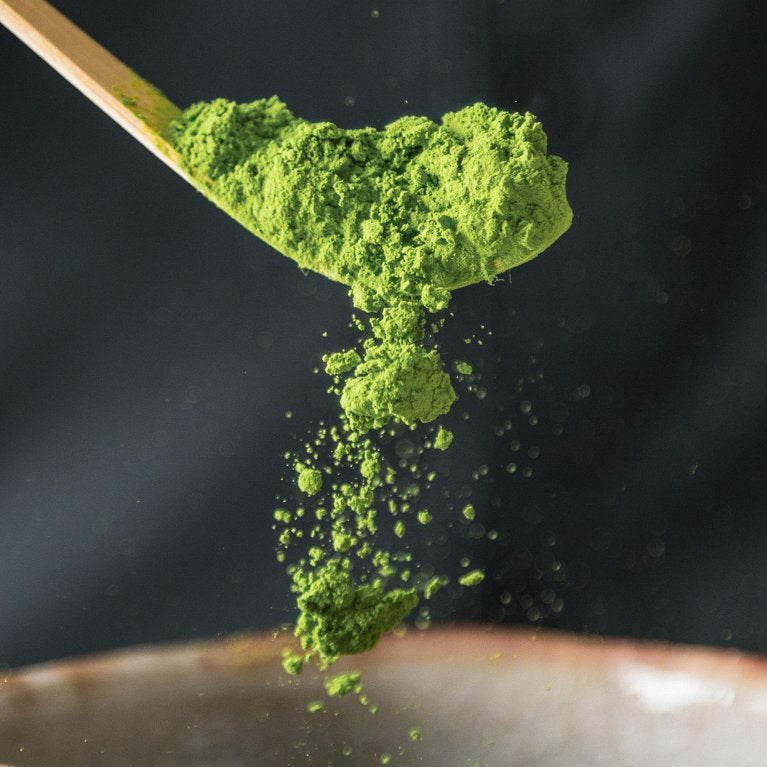NOT YOUR ORDINARY DESSERT
by Jasmine | December 31, 2019
Miso in mascarpone, torched pear, and even sorbet on noodles.. What's that? Avant-garde pastry takes on creative forms in the most creative way possible, blurring the lines of sweet and savoury all at once.
It’s just desserts. In generations past, the concept of desserts has largely paled in comparison to main courses. Food without a touch of umami, a lack of meaty ingredients, a sprinkle of torch effect wasn’t exactly.. food.
But miso in mascarpone, torched pear or even sorbet on noodles is pushing that boundary between dessert and staple food. Desserts these days demand that the relationship between sweet and savoury is a full circle — our taste buds are invigorated with the competing and cutting-edge mastery of food preparation by pastry chefs.
The word ‘avant-garde’ originated from the Latin term, bearing the meaning of ‘advanced guard’ and representing a soldier that was pushed to the forefront during wartime to shoulder impending attacks and test the grounds. In modern terminology, avant-garde signifies the movement of pushing boundaries.
The secret ingredient to avant-garde pastry lies in the chef’s thought process and mastery. Fine dining is raved for its attention to seasonal ingredients, preparation techniques and the presentation of each dish in its full glory. Dessert dishes can and should reflect the honour of the chefs — each dish a creation and craft of avant-garde artists.
Avant-garde is quite a miracle of presentation, science, and taste. If not for those on the frontline daring to make changes, in art as in desserts, creativity would be a puppet show we simply glance at over.
At the crux of desserts lies its star ingredient: sugar. Anywhere from tarts to gelato to cakes, the handling of sugar determines and upholds the dessert as, well, dessert. And increasingly, we see the addition (or removal) of sugar in main courses — blurring the lines, once again, of sweet and savoury.
These days, the adventures of gastronomists continue to inspire and challenge the dessert industry. They reinvent old dishes, adding that magic of science and technology to otherwise ordinary flour and sugar. Their experiments seek to develop inventive ways of cooking that are rooted in chemistry and physics.
And so, avant-garde is quite a miracle of presentation, science and taste. If not for those at the frontline daring to make changes, in art as in desserts, creativity would be a puppet show we simply glance over. It is the smallest of changes that shaped the shift of culinary mindset.
We took to our own hands the reinvention of a dessert experience. Our inaugural Kaiseki experience was a feast for the senses, featuring an eight-course menu of plated desserts reimagined by our pastry chef. In a closed-door, twelve-pax setting, we wanted to experiment with the pushing of that line of a main-course dessert. This is a celebration — of a new era that can celebrate the craft of pastry-making.









